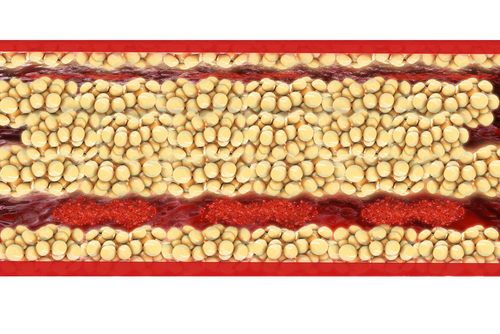 A team of researchers from Shanghai recently reviewed available evidence concerning a newly-discovered exercise-mediated myokine named Irisin, and its potential role in addressing obesity and other metabolic disorders. The review was recently published in the journal Lipids in Health and Disease.
A team of researchers from Shanghai recently reviewed available evidence concerning a newly-discovered exercise-mediated myokine named Irisin, and its potential role in addressing obesity and other metabolic disorders. The review was recently published in the journal Lipids in Health and Disease.
Irisin is a newly discovered exercise-mediated myokine that regulates energy metabolism. Several research groups are actively studying the role of this substance in metabolic diseases making it a potential new target to combat obesity and its associated disorders, such as Type 2 Diabetes. In their article titled “Irisin: a new molecular marker and target in metabolic disorder”, Jia-qi Chen from the Department of Endocrinology and Metabolism, Shanghai 10th People’s Hospital, Tongji University in Shanghai and colleagues, present the possible mechanisms of irisin and questions for future research.
Irisin’s mechanism of action involves the regulation of energy metabolism by inducing browning of white adipose tissue and thus dissipates chemical energy in the form of heat. Lifestyle factors such as physical exercise have been recently found to stimulate the PPAR-γ co-activator-1α (PGC-1α) that upregulates its downstream target, fibronectin type III domain containing 5 (FNDC5). Subsequently, the C-terminus is cleaved and the remaining 112 amino acid peptide is referred to as irisin. By increasing the mRNA expression of UCP1 and Cidea, irisin causes browning of primarily subcutaneous and visceral adipose tissue and stimulates thermogenesis.
However, evidence from one study revealed that only part of the subcutaneous adipose tissue is converted into brown adipose tissue, with a substantial portion not exhibiting features coherent with white adipose tissue.
Aside from its implications on obesity, the study also gave attention to understanding the role of irisin in type 2 diabetes mellitus (T2DM). One study found that an increase in irisin boosted energy expenditure, protected against diet-induced weight gain and alleviated insulin resistance in patients with T2DM. Additionally, other metabolic disorders were examined for irisin’s role. These include non-alcoholic fatty liver disease (NAFLD), polycystic ovary syndrome (PCOS), advanced chronic kidney disease (CKD), and postmenopausal women with low bone mass.
As Jia-qi Chen and colleagues explained in their review, irisin and its role in metabolic conditions, open the potential for the development of treatment for obesity and associated disorders, such as T2DM, and NAFLD. The review’s findings show some inconsistent results. In this regard, the authors concluded the mechanism of action of irisin remains unknown. The authors said that it is only when all the functions, underlying molecular mechanisms and pathways regulating this substance are clearly understood that they can provide research clues for therapeutic targets.


